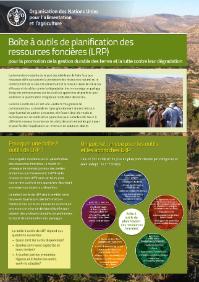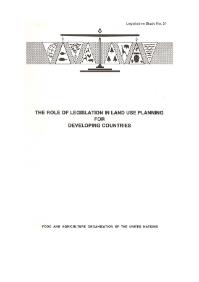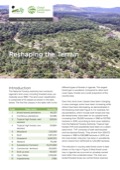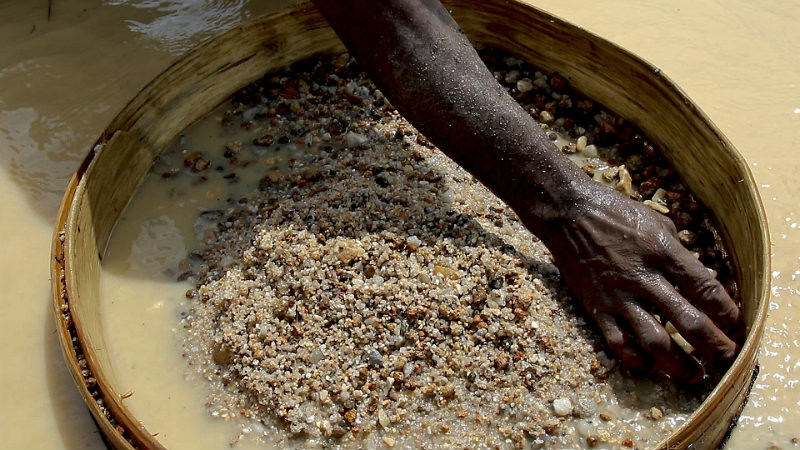Report on the 1990 World Census of Agriculture: International comparison and primary results by country (1986-1995)
This publication, provides, in an internationally comparable form, a summary of data describing the main characteristics of agricultural structures, such as number and area of agricultural holdings, land tenure, agricultural holders and land use for 80 countries.










